Related Tags
“We don’t have our pedals on shelves ready to ship”: Analog Man’s Mike Piera on his customer-driven approach
One of the pioneers of the boutique effects industry talks vintage stompboxes, working as a software engineer, and how the internet changed everything.

Look back to those heady days when guitarists were rediscovering the glories of vintage stand-alone analogue effects pedals – but well before the ongoing boutique boom was underway – and there’s one man who bridged the divide: Mike Piera. His company Analog Man brought countless artists access to the succulent sonic glories of golden-age stompboxes, and the tone fiend is still going strong.
Piera’s Analog Man has developed a top-flight reputation in the industry not simply because he was among the first prominent makers to improve and reintroduce several classic designs, but because he did it right. To this day, Analog Man pedals define that tricky convergence of small-shop attention and appeal and professional production standards that has come to represent the pinnacle of the work of so much of the boutique effects industry. And for all that, the company still maintains its slightly gritty, home-grown, built-in-the-back-room appeal.
At this stage, so many prominent artists have used Analog Man pedals that Piera finds it easier to note that just about every one of his guitar heroes has used his pedals than he does to start rattling off names. Still, Jim Weider, Mike Rutherford, Steve Hackett, Ed O’Brien, Brad Whitford, Noel Gallagher, Steve Rothery – and so many others – are definitely names worth mentioning. It’s an enviable position for a pedal nut to be in, yet for all that, the Analog Man ethos hasn’t really changed since the brand’s inception more than 25 years ago.
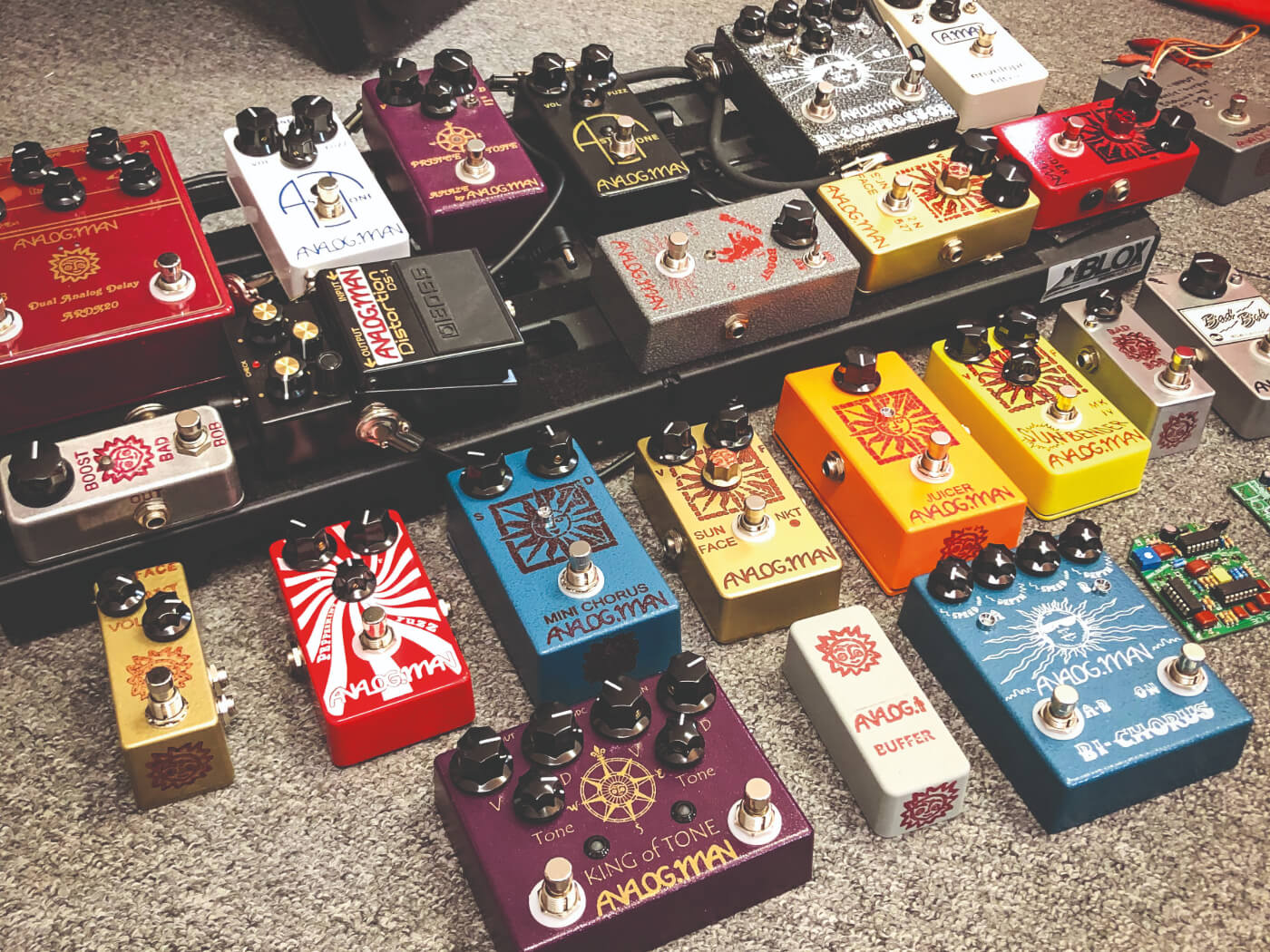
Big in Japan
Having been into electronics since childhood, when he’d put hobby time into the DIY and experimenter kits his parents would buy him, Piera segued into audio electronics in the mid-70s for the same reasons that so many underfunded young guitarists did. Those nifty little boxes were expensive, but if you could repair and build your own, there was a lot of sonic value-for-money to be had.
Fast-forward a decade, and Piera earned a degree in computer science from Rensselaer Polytechnic Institute in Troy, New York, during which he also studied electrical engineering. After graduating, Piera took a job nearly 7,000 miles away. And this, ironically, is when his sideline in vintage American guitar gear first took root.
“I was working in Japan in the mid-80s,” he tells us, “and learned about American vintage guitars over there, through the fantastic shops and magazines. In the USA it was still pretty quiet, maybe because the vintage dealers could pretty much sell everything they could get to Japanese dealers. With the prices I saw, I realised I should be buying guitars in the USA and selling them in Japan, so I found a new dealer in Tokyo, Ken Guitars, who was happy to take my guitars on consignment. I could make a huge profit, though it would take time to sell them. Soon the guitars got harder to find, and the internet changed everything. So I started finding vintage effects and concentrating on them, as there were only a few big vintage effects dealers.”
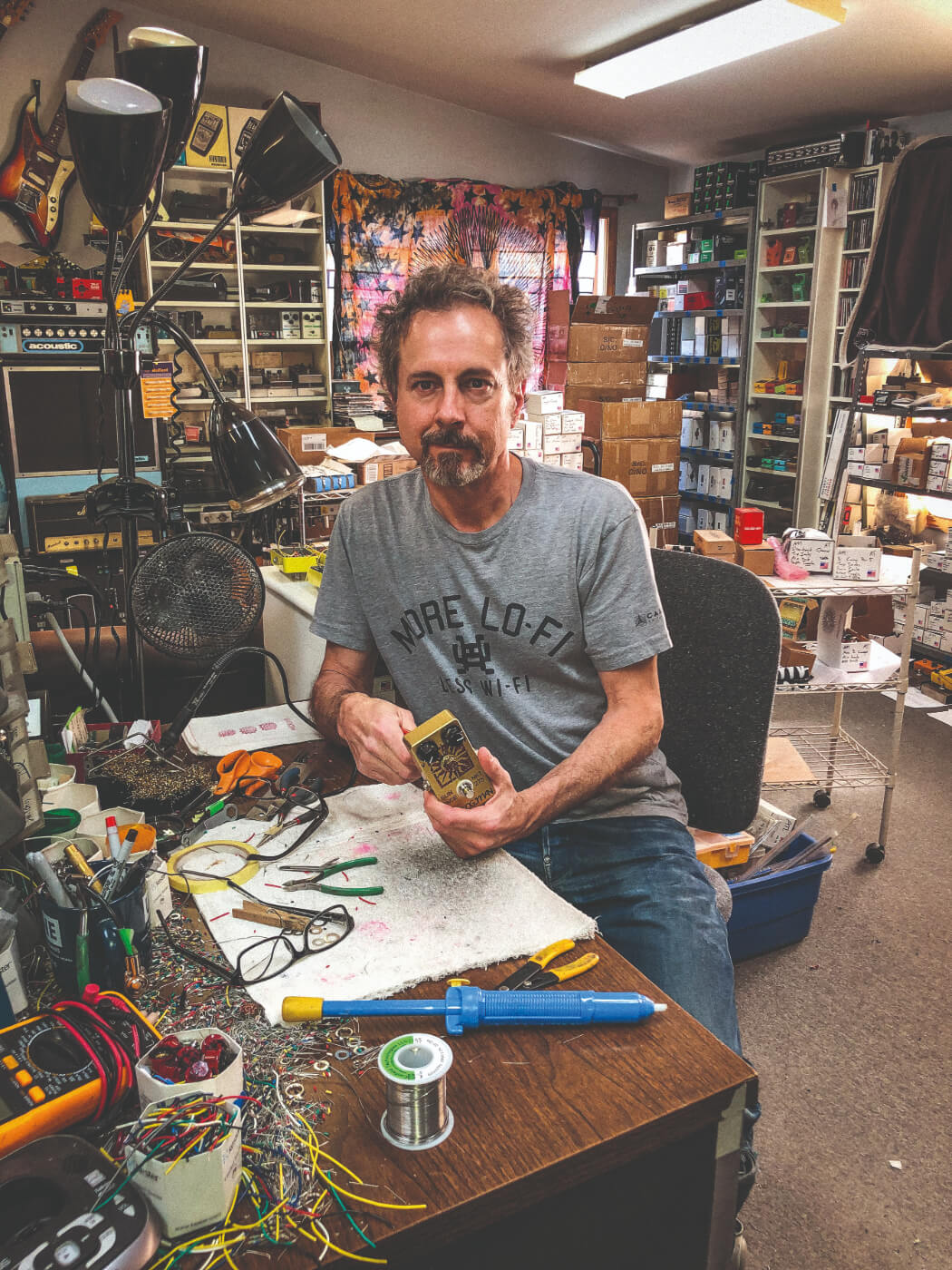
Being an engineer himself, Piera inevitably went deeper than just buying and selling pedals. “When I found them I would take them apart, fix then, study them, and document everything,” he says. “Software engineers won’t do anything without documenting it. I would sell them along with some guitars and amps at guitar shows and in ads in Vintage Guitar magazine, using the name Analog Man starting in 1993 at the first Classic American Guitar show in Long Island, New York.
“I also got into modifying tube screamers about then, as the TS808 was much harder to find and more expensive than the TS9. I studied them and found the difference, and got the needed JRC4558D chips in Tokyo on my trips. There was no internet or Google to find parts back then. I had no idea if they were even available in the USA.”
The web we wove
Can we even recall those dark, cold, cave-dweller-like days before the internet entirely dominated modern life? Or what it was like for the vintage-gear hunter or info-crazed DIY enthusiast when all we had was – what? – books, magazines, and libraries? Mike Piera does, and as a computer engineer right at the heart of the beast, he also remembers the web’s quirky, geeky, oft-forgotten predecessor, that dial-up Unix-to-Unix network known as Usenet.
“Before the World Wide Web, we had email lists and Usenet,” Piera recalls, “and the people on the guitar and effects groups were mostly scientists and engineers like me, as nobody else used computers. So we shared ideas, mods, repairs, and projects, and I offered up the 808 mods and was surprised how it took off. I would modify pedals on my lunch break or after dinner. When vintage effects started getting hard to find, I decided to try to make some.
“The Small Clone chorus was popular due to Nirvana but hard to find and easy to break, so I chose that as our first hand-made pedal, and we are still making them today. Soon we came out with the Ross Compressor-based CompROSSor, which lead other companies to success too, as we could not make them fast enough. Then we slowly grew from there.”
By the late 90s, Piera was tiring of software engineering, as the wiles of one iteration of the Windows operating system after another stamped its demands on the industry. He was already in pretty deep building new pedals and selling both those and old ones, and meanwhile the majority of mass-produced pedals left a lot to be desired – “all digital crap that lasted just a few years”. Midway through 2000, he decided to go full-time and launch Analog Man proper, in the same Connecticut location where the company remains today.
“I was hoping the pedal fad might last another 10 years or so,” he tells us. “After several years, the effects market got huge, and with the internet getting new users every year, more guitarists were getting online and learning about our pedals. We had one of the first websites with pedals on it, before Gibson or Fender even had websites. We were selling more pedals than we could believe, or ship, just as the economy crashed. Sales got slower, but we hung in there and now sales are as good as ever.”
Market share
Ah, how quaint those early days of the boutique pedal market as seen from this saturated, eternal-boom-time perspective of 2019! How many of us – with no access to Google – need more than the fingers of one hand to count off the genuine small-shop pedal makers who existed circa 1997? A real fanatic might even get onto their second hand, but it takes some thinking. Suffice to say things were a little different then, and even if it would have seemed open season for a boutique manufacturer to make a killing in such a thin market, plenty of makers fell by the wayside less than a decade into their runs. Analog Man, for its part, had a few mainstays to keep the business going.

“Nobody was making a chorus like ours when it came out, or a compressor like ours,” says Piera, “so it was easy to be better or unique. Anyone could make a clone of a pedal that was not available, and they would sell quite well. A lot of people made just a few pedals then gave up. Even Way Huge closed shop, just at the wrong time before the explosion, after making an amazing number of excellent pedals in a very short time.
“Back then most of us were really into the tone and parts used to get the classic sounds, and preserve your guitar tone. Fulltone and Prescription Electronics were the biggest boutique brands, along with Way Huge at the time, and made great pedals, mostly based on the classics. There’s not as much of that anymore. Many once-boutique brands now have their pedals mass-produced at automated factories, so things have come full circle. By staying the same, we are sort of unique again.”
What always made Analog Man different, however, was the degree of customisation and special-order available in its pedals. In maintaining the by-the-order business model with which he’d begun the venture, Piera offered something that players couldn’t get from most makers.
“We don’t have our pedals on shelves ready to ship,” Piera adds, “we build them after getting the order, so we can do things that no other company of our size could do, or would even want to do. It’s very inefficient and difficult but we do our best to allow as many options as we can handle. Our Sun Face fuzz can be ordered in 2,800 different combinations, with over 20 transistor choices. Some people, like me, like simplicity and elegance, while others like complexity and variations. We try to make both happy.”
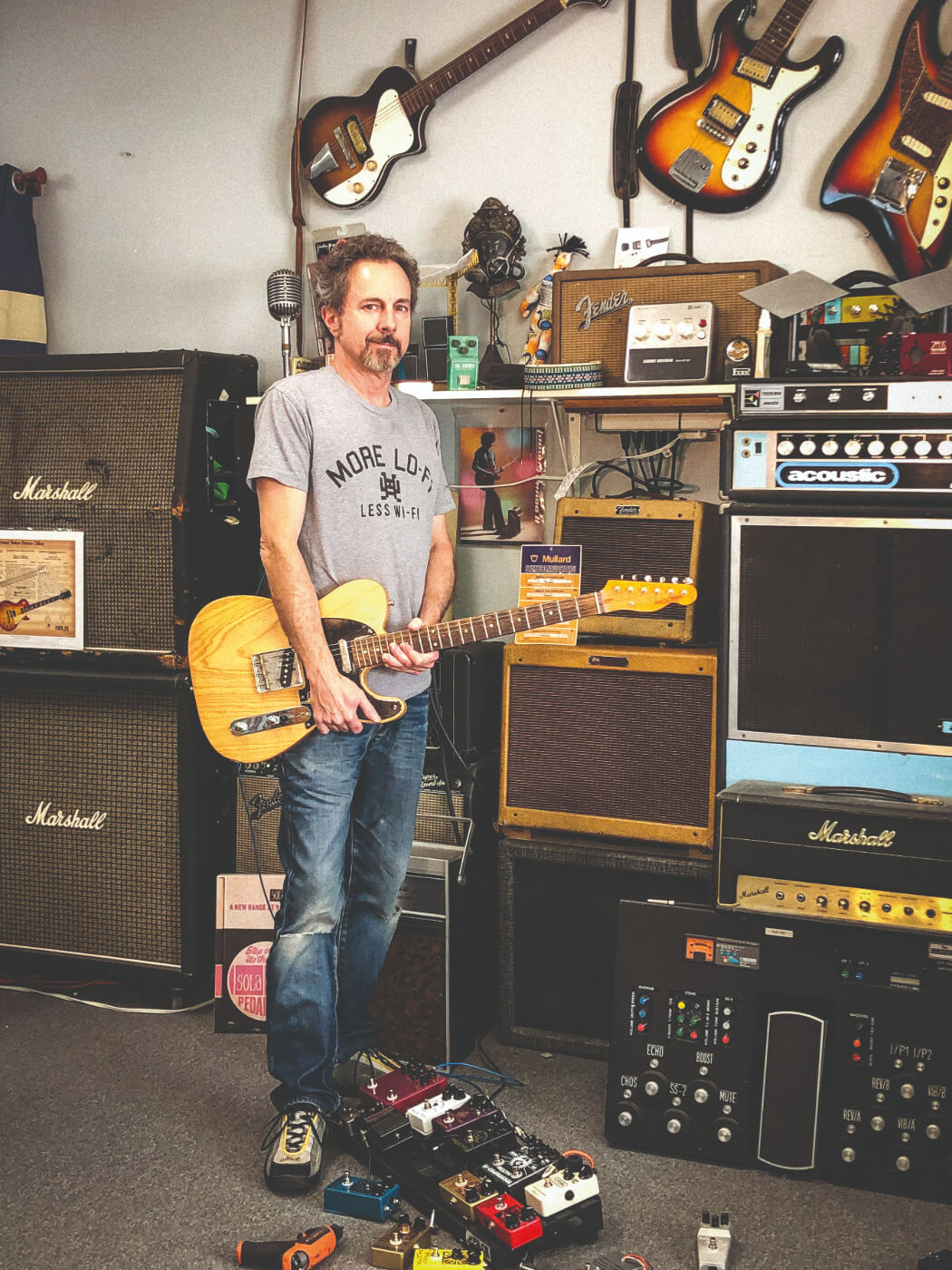
Setting the standards
Alongside the customer-driven ethos, Piera has undoubtedly tapped his own love of the archetypal classic-rock, prog-rock, and British blues-rock tones. And if many players continued to similarly value the originals, arguably far more have come to appreciate the ease of attaining that sound in a more ruggedly built new pedal that doesn’t constantly break down mid-set, nor flat-line your investment when it does. Piera’s plundering of, therefore, and improvements to many of the long-deceased circuits that enable these sounds has generated the bulk of the Analog Man line.
That being said, he insists, “I would not build something that was already available, especially from the original manufacturer if they are still actually around. Some of the pedals we make have become available again, as the Ross Compressor did recently, as the effects world is still somehow growing. But we really don’t need another Tube Screamer of Big Muff, unless it’s really different, like a Big Muff with all original parts… maybe someday!”
With all the wild and wonderful new designs hitting the market from other sectors, Analog Man’s continued success with several abiding standards indicates that it’s difficult to outdo the classics… unless it’s with the kind of clever and creative modification and functional update at which Piera excels.
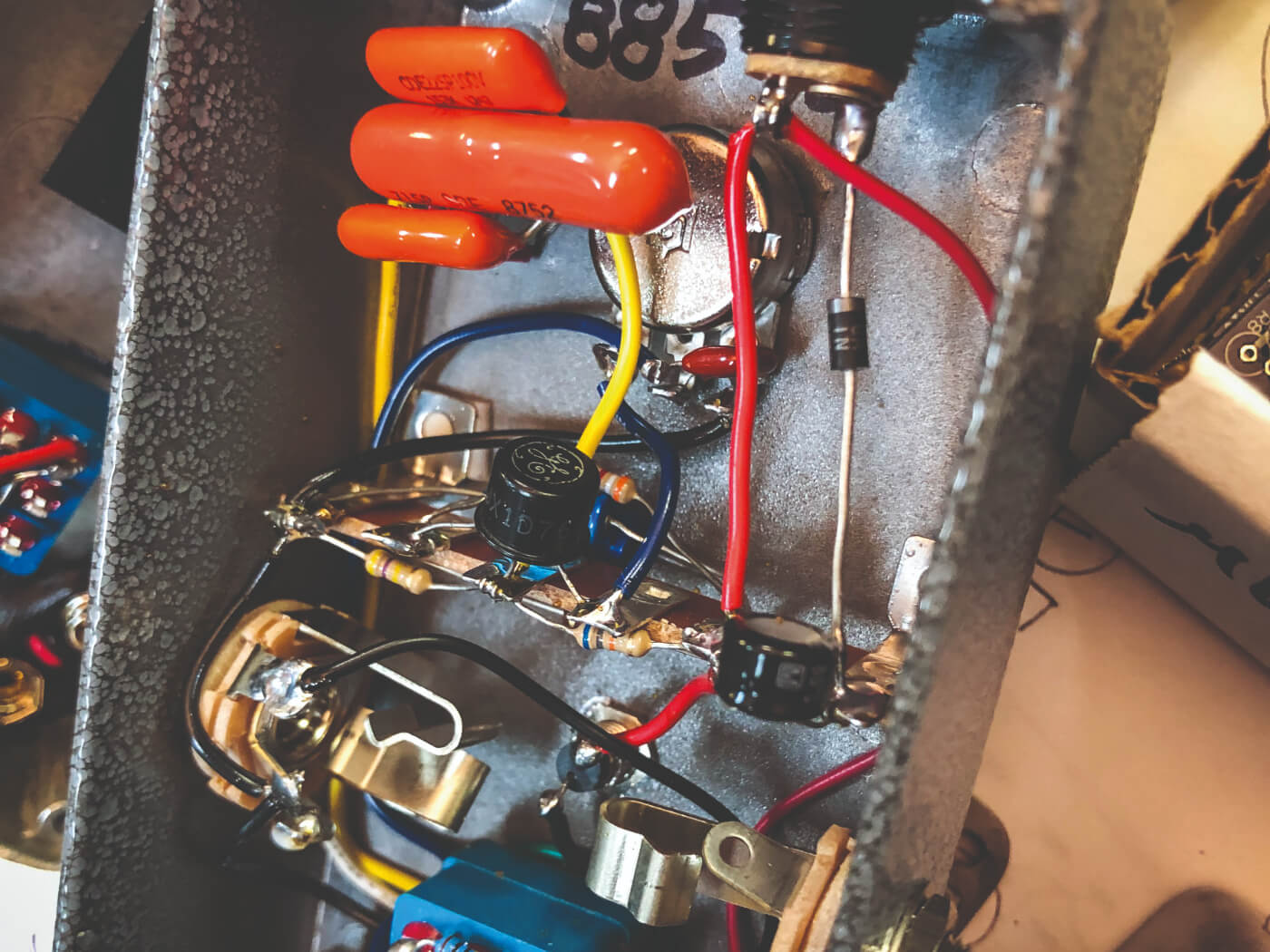
The CompROSSor, Bi-Comp (CompROSSor and Dan Armstrong-inspired Juicer compressors in one box), and Bi-Chorus (dual analogue choruses, and Piera’s personal favorite) are perennial big sellers, and if the King of Tone – a dual-overdrive pedal that takes its TS808 inspirations into the stratosphere – has been the company’s biggest seller overall, Piera reports that Analog Man has found itself selling a lot of Sun Face fuzz pedals just this past year.
Central to all of these, and to every one of the company’s builds, is the Analog Man principle that good guitarists know what their guitars sound like, and they don’t want a pedal to change the sound or the feel of the instrument.
“All of our pedals need to keep your tone and feel,” he says, “unless it’s something that’s supposed to change it. I find that choosing the right capacitors can usually make a circuit sound better. We can use much more expensive parts than a huge company, as we don’t use tens of thousands of the parts. Things like pots and jacks are also important, and really make a difference in tone and reliability.”
A hard road
When asked what exciting developments might be in the Analog Man pipeline, Piera reveals a personal tragedy that has, unsurprisingly, slowed the R&D process in recent years, while also telling us he’s slowly finding his way forward again.
“I spent most of the last few years taking care of my wife Ayako,” says Piera, “who built almost all of our compressors and chorus pedals ’til about a year ago. We lost her early this year to complications from cancers. I am still catching up on work before I can get new products developed. But I should have mini Juicer compressors available soon, and some other mini versions like Mini Bad Bob with a battery, and maybe mini Sun Face with a battery or power jack.
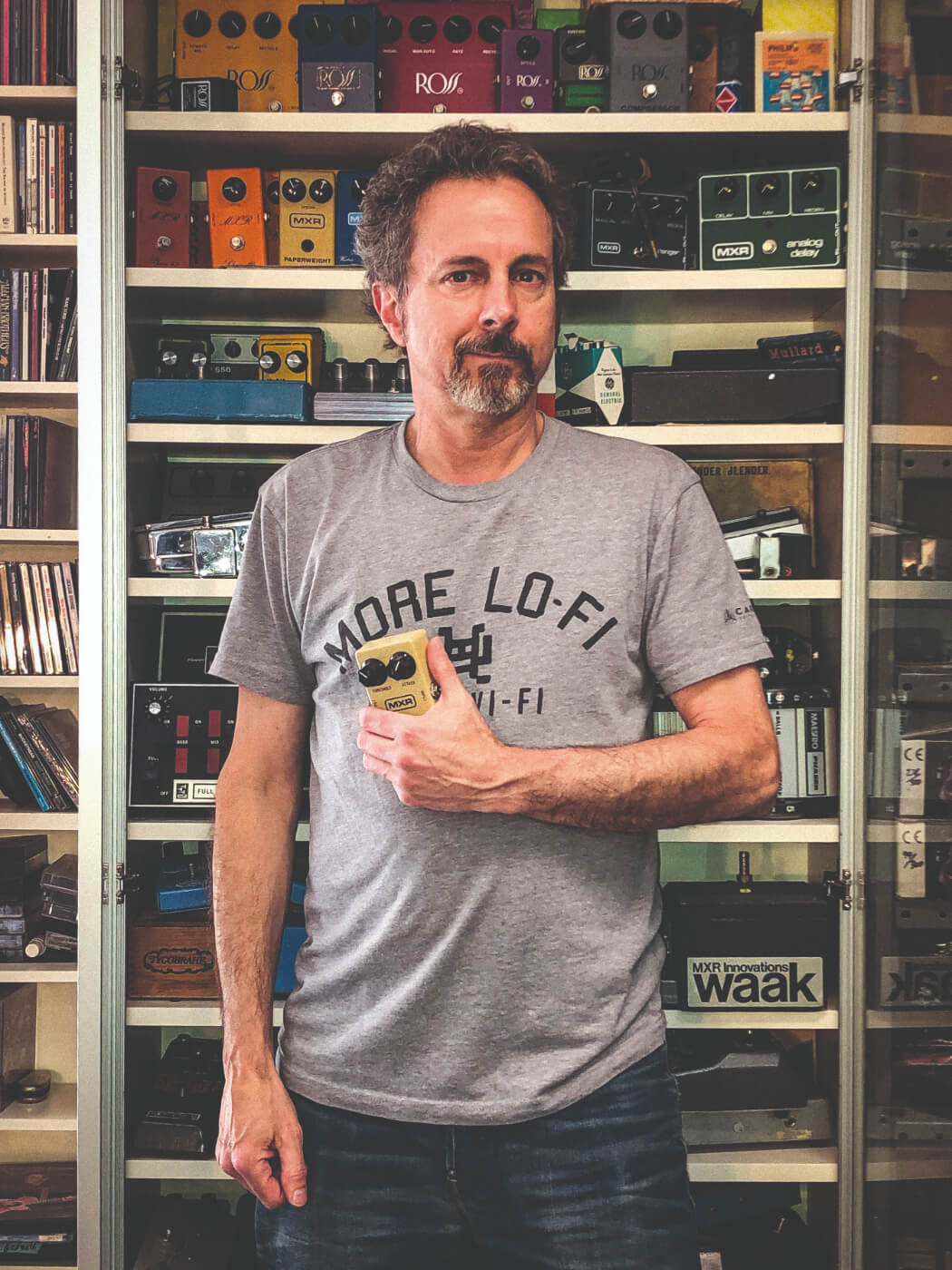
“Also, I would like to manufacture the distortion pedals I have been using for years. My lead guitarist says my best tone is one of those stacked with CompROSSor and KOT… I just wish we had 30-hour days so I could keep up with my work and do some new work.”
For all the successes, and in light of his seemingly unerring knack for reworking the classics into functional and toneful pedals for today’s players, there’s still the occasional white whale that Piera just hasn’t been able to crack. To wit, one enduring British fuzz legend:
“The Tone Bender MKII is a great pedal, and I’m a huge Zeppelin head, so I made several but only one was killer. Now I have some other transistors that might work better so I hope to look into those again. We made an MKI for Johnny A to use with The Yardbirds and it came out awesome. I love that breaking-up fuzz sound, but again the transistors were tough to find. I will see if something else could work.
“Most companies our size can’t mess with these things as it takes much too much time to get and test the parts, and you just can’t make many of them. But I like doing these things, it’s one of our specialties since the original NKT275 Sun Face. I am very happy with our MK1.5 and MKIV Sun Benders, I think they hang with any on the market at twice the price. So it would be nice to complete the set!”
For more info, head over to analogman.com.
